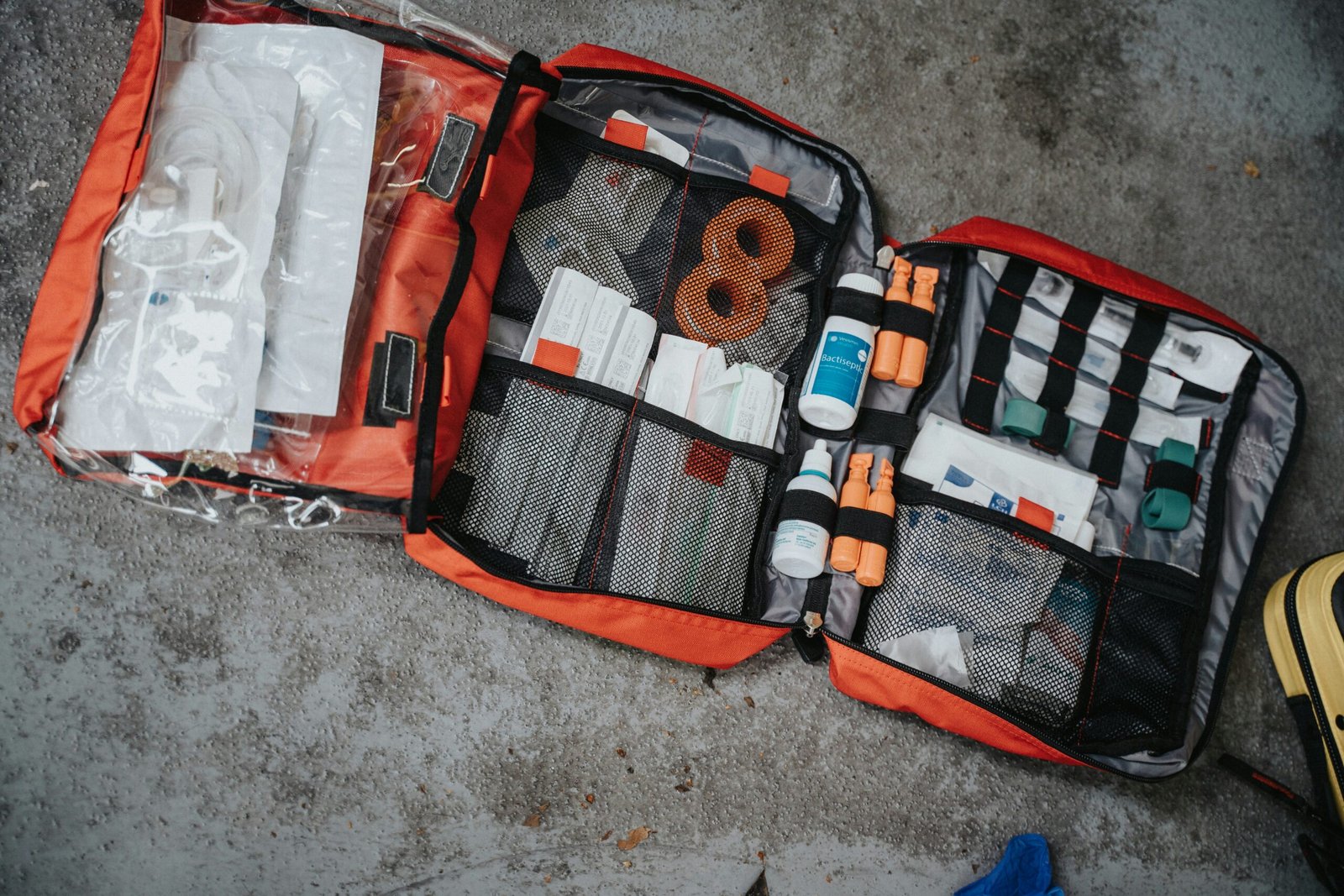When disaster strikes, your environment shapes your survival strategy. Urban preppers focus on maximizing limited space and maintaining access to essential supplies. Rural preppers rely on natural resources and long-term self-sufficiency.
In this guide, we’ll explore the key differences between urban and rural prepping, from resource storage to communication, so you can build a survival plan that fits your surroundings.
Resource Planning: Urban vs. Rural Approaches
Urban Prepping
City environments mean smaller living spaces and fewer natural resources, so urban preppers must get creative. Common strategies include:
- Vertical gardening on balconies or rooftops to grow vegetables in tight spaces
- Compact water storage using stackable containers or hidden reservoirs
- Advanced water purification systems to make municipal water safe during disruptions
- Multi-use furniture that doubles as storage to maximize every inch of space
Example: An apartment dweller might keep collapsible water containers under their bed and grow herbs in hanging planters on a sunny window ledge.
Rural Prepping
Rural areas offer more land and natural resources, allowing for greater self-reliance. Rural preppers often:
- Grow food in gardens or small farms thanks to richer soil and open space
- Harvest rainwater and tap into natural springs (with proper filtration)
- Use renewable materials like wood and stone for building emergency shelters
- Raise livestock to ensure a steady protein source during long-term emergencies
Example: A homesteader might maintain a year-round garden, store harvested rainwater in barrels, and build a root cellar to keep food cool without electricity.
Essential Gear and Tools
Both urban and rural preppers need survival gear, but their priorities differ based on their surroundings. A reliable way to start building your emergency kit is by stocking up on ready-to-use survival essentials from trusted brands like My Patriot Supply. Their emergency food kits, water filtration systems, and long-term storage gear can save you time while ensuring your core needs are covered.
Urban Essentials
- Hand-crank weather radio for updates during power outages
- Compact first aid kit with supplies for common injuries
- Portable power banks to charge phones and flashlights
- Discreet security tools like door braces and window alarms
- Emergency go-bag for fast evacuations through crowded areas
Rural Essentials
- Heavy-duty first aid kit for handling remote injuries
- Signal mirrors and whistles to communicate across long distances
- Rugged outdoor tools like multi-tools, axes, and shovels
- Tripwires or motion sensors to secure large properties
- Analog communication devices such as two-way radios or ham radios
Key Categories of Prepping Gear
| Gear/Tool | Use |
| Portable water filters | Purify water from stored or natural sources |
| First aid kits | Provide emergency medical care (compact for city, rugged for rural) |
| Security tools | Enhance personal protection and secure your home |
| Communication devices | Maintain contact (digital alerts in cities, analog in rural areas) |
| Shelter materials | Provide protection (space-saving for urban, durable for rural) |
Practical Tips for Building Your Plan
- Assess your space and resources before stockpiling supplies.
- Store at least one gallon of water per person per day (more if you have pets).
- Rotate food supplies regularly to prevent spoilage and waste.
- Run emergency drills with your household to practice evacuation or sheltering.
- Join local prepper networks (digital groups for urban, in-person meetups for rural) to share knowledge and resources.
- Invest in pre-packed emergency kits if you’re just getting started—this can simplify planning and give you peace of mind while you build out the rest of your supplies.
Final Takeaway
Whether you live in a bustling city or a quiet countryside, preparedness is about adapting to your environment. Urban preppers excel by maximizing space and technology, while rural preppers thrive through self-sufficiency and natural resource use.
Build your plan now, test it regularly, and adjust it as your surroundings and needs change. Pre-assembled survival kits from My Patriot Supply can give you a reliable starting point while you personalize your setup.
Preparedness turns uncertainty into resilience.
FAQs
Q: Why is an emergency plan crucial in major urban areas?
A: Dense populations and complex infrastructure make urban emergencies chaotic. A plan ensures quick evacuation routes, safe meeting points, and resource management.
Q: How do urban and rural prepping strategies differ most?
A: Urban prepping emphasizes compact storage and quick mobility, while rural prepping prioritizes long-term sustainability using local resources.
Q: How should water storage differ by location?
A: Urban residents rely on containers and purification, while rural residents can collect rainwater or tap springs with filtration systems.
Q: What are essential communication tools?
A: Digital alert systems and radios work best in cities; rural areas benefit from signal mirrors, ham radios, and two-way radios.
Q: How do community networks vary?
A: Urban communities coordinate through online groups, while rural communities often rely on direct neighbor-to-neighbor collaboration.
Q: What security concerns are unique to each setting?
A: Urban environments require discreet, close-range security measures, while rural properties need perimeter defenses and natural camouflage.


